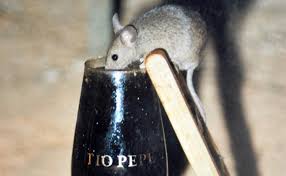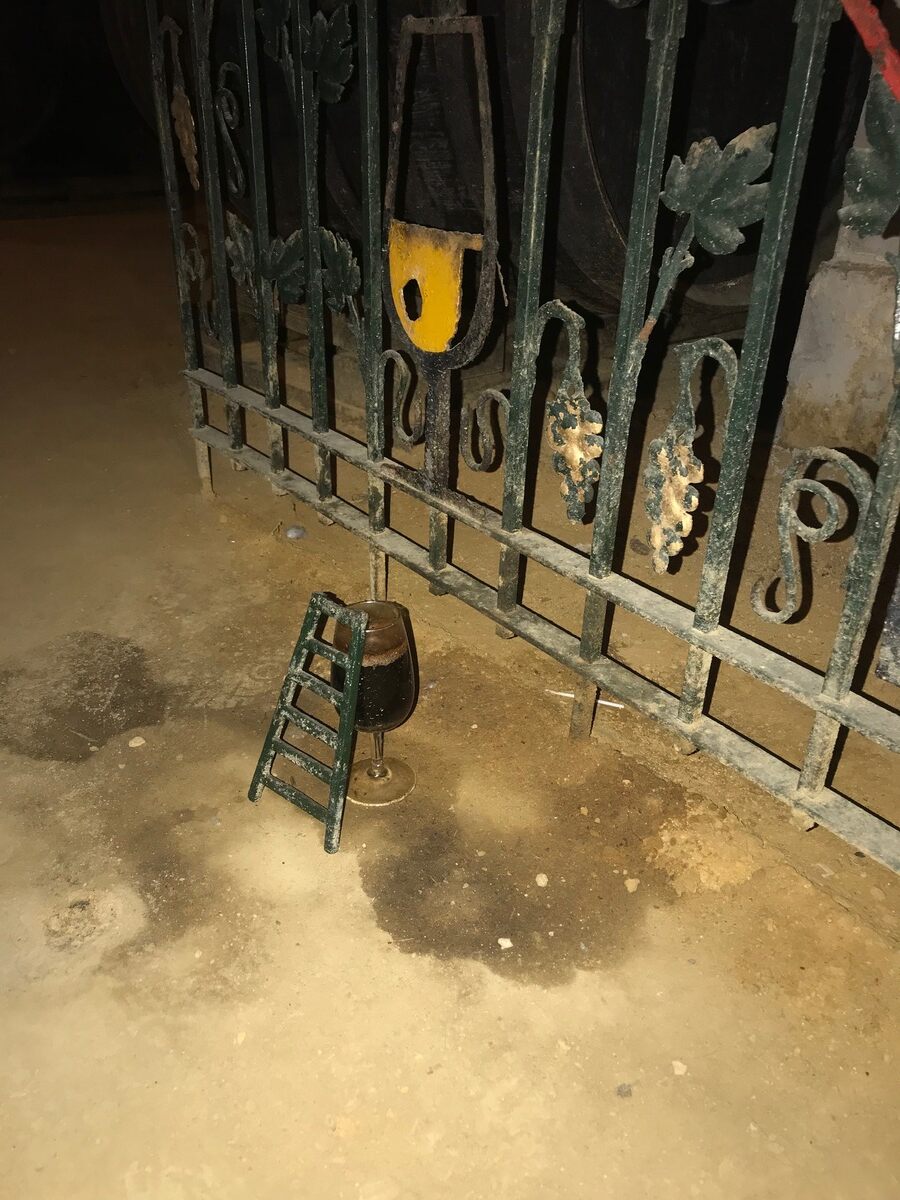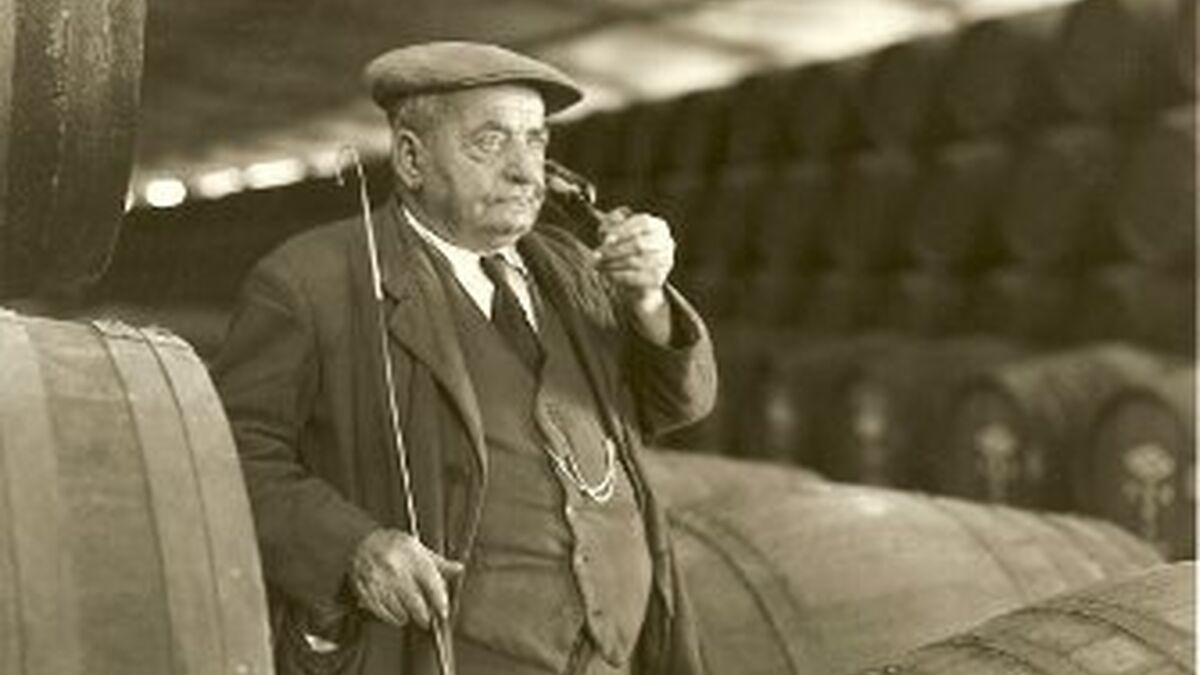 In practically any place in the world, the presence of mice is synonymous with a possible plague that must be eradicated. Except, perhaps, in some wineries in Jerez, where they not only allow the presence of these animals in their facilities but also offer them glasses of sweet wine that the small rodents do not hesitate to drink before the watchful eyes of the generally astonished visitors.
In practically any place in the world, the presence of mice is synonymous with a possible plague that must be eradicated. Except, perhaps, in some wineries in Jerez, where they not only allow the presence of these animals in their facilities but also offer them glasses of sweet wine that the small rodents do not hesitate to drink before the watchful eyes of the generally astonished visitors.
The reason why the winemakers allow the presence of these animals is that they belong to a class known as "wine cellar mice" that feed on the harmful insects that inhabit the wood of the barrels and that are detrimental to the final result of the wine. However, this diet does not explain rodents' fondness for wine.
To know the origin of this peculiar custom we have to go back many years, to the day when José Gávez, a "venenciador" who worked in the González Byass winery — the producer of the popular Tio Pepe - made a particular discovery.


During a break from his work, while eating a sandwich, Gálvez saw how a group of mice timidly approached him to eat the crumbs that fell from the bread. From that moment, the venenciador began to leave pieces of his food on the ground to gain the trust of the rodents and tried to befriend him. He even started letting them taste the wine and, apparently, they quite liked it and couldn't get enough of it
As time went by, Pepe Gálvez got tired of mice eating and drinking for free, so he put a ladder on them so that they had to earn their way to the edge of the glass that he filled for them every day. Seeing that they did whatever was necessary to get their fill he decided to show the mice and their little spectacle to the visitors of the cellar and it soon became a well-known attraction.
Gálvez retired in 1956, but his legacy continues. Thus, even today every time a group of tourists visits González Byass's facilities, their hosts place a glass of sweet wine and a small staircase on the floor. Instantly, a group of mice comes out of the dark to taste the drink, as shown by some videos that have turned these curious rodents into one of the many tourist attractions in Jerez. Cats, on the other hand, aren't so popular in these wineries.